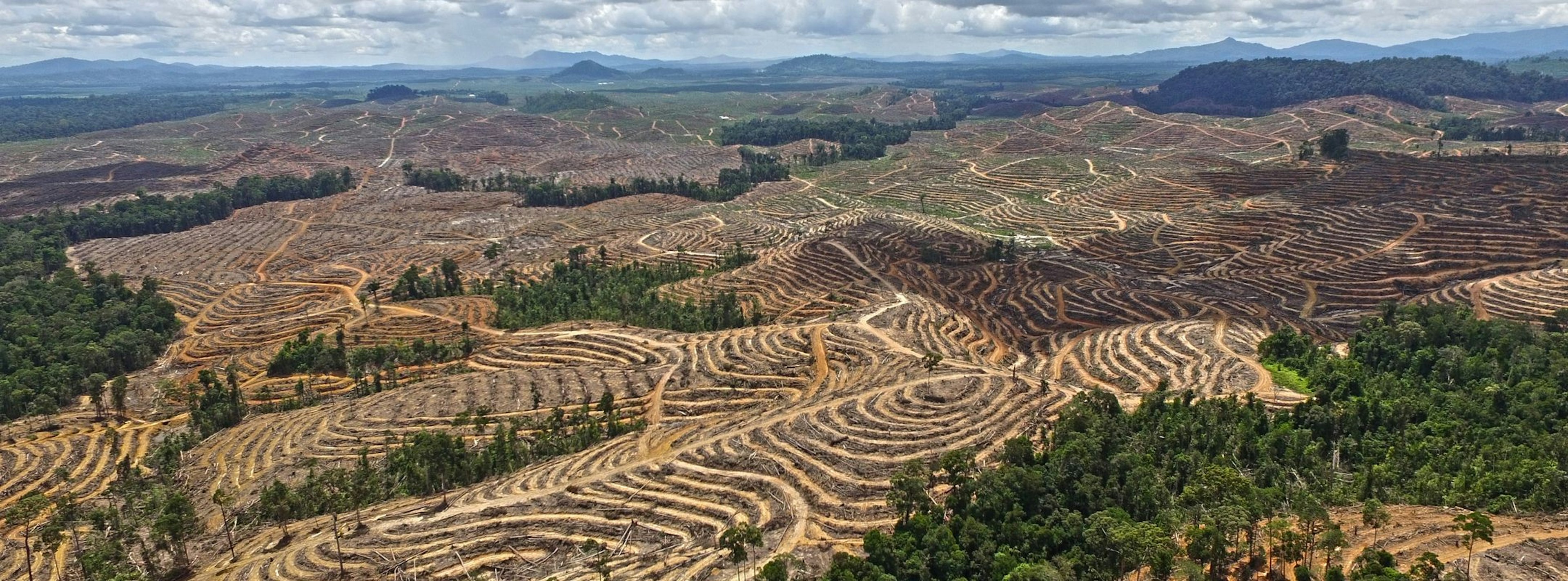Indonesia makes progress towards zero palm oil deforestation
14 Sep 2022
11 min read
Indonesian deforestation for palm oil has declined significantly, with the greatest falls occurring in supply chains governed by zero-deforestation commitments. However, rising palm oil prices and the growing role of traders who have lower levels of public transparency threaten to undermine progress.

Cleared land in central Kalimantan, Indonesia, 2019 (Ariyo/Auriga Nusantara)